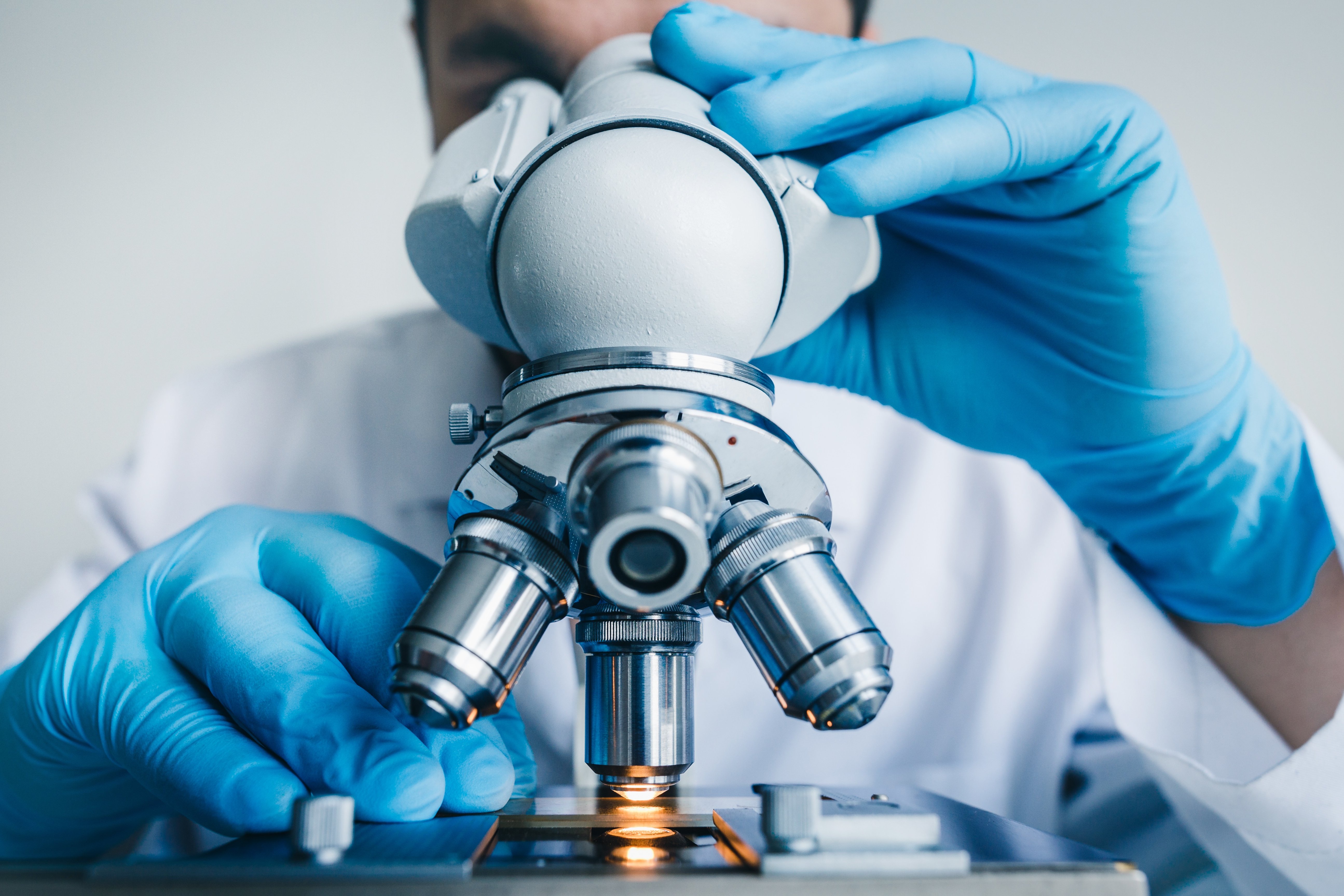
(Vienna, 10-04-2024) In a study recently published in the scientific journal PNAS, a research team led by MedUni Vienna has presented results that show a new way for drug development for post-traumatic stress disorder, alongside other indications. Although around four per cent of the population suffer from this mental illness, only symptomatic therapies are currently available.
As part of the study, the international research team, led by Robert Schnell from MedUni Vienna's Centre for Brain Research, set out to find ways of influencing hormone release, in particular to reduce stress reactions in post-traumatic stress disorder. They came across secretagogin, a molecule that was discovered 25 years ago by Ludwig Wagner from the Medical University of Vienna, and regulates the release of neurotransmitters and hormones.
While previous research has shown the importance of secretagogin for both insulin and corticotropin-releasing hormone (CRH) release, the current study reveals new insights into the molecular mechanisms behind the action of secretagogin. The study identified two proteins, SNAP-25 and syntaxin-4, which act antagonistically to bind to secretagogin, thereby affecting the rate of release of so-called vesicles that contain hormones, including insulin and CRH.
"The discovery of these molecular interactions makes secretagogin a potential target for pharmacology to influence hormone release in various organs of the human body. This could lead to new therapeutic options for the treatment of diseases such as post-traumatic stress disorder, anxiety disorders, and diabetes," says Robert Schnell, emphasizing the relevance of the study, which is being funded by both an ERC Advanced Grant and an ERC Proof of Concept Grant to Tibor Harkany at the Department of Molecular Neurosciences at MedUni Vienna's Center for Brain Research.
Publication: Proceedings of the National Academy of Sciences (PNAS)
A hydrophobic groove in secretagogin allows for alternate interactions with SNAP-25 and syntaxin-4 in endocrine tissues
Edit Szodorai, Zsofia Hevesi, Ludwig Wagner, Tomas G.M. Hökfelt, Tibor Harkany and Robert Schnell
DOI: 10.1073/pnas.2309211121